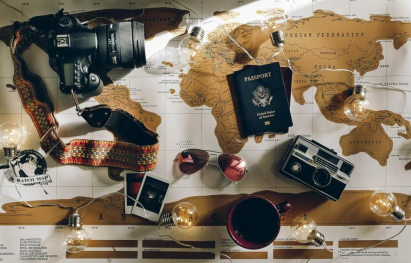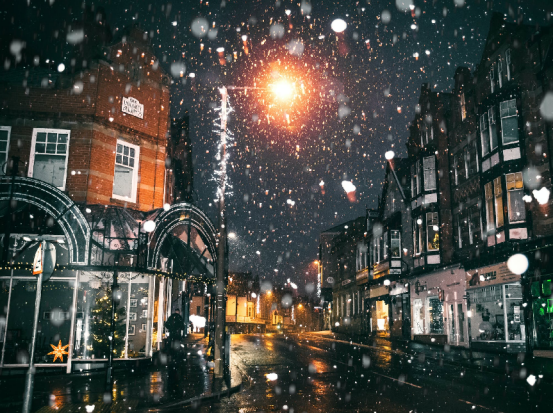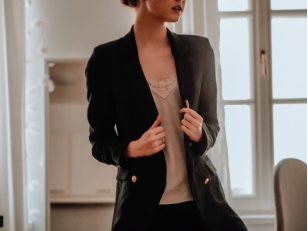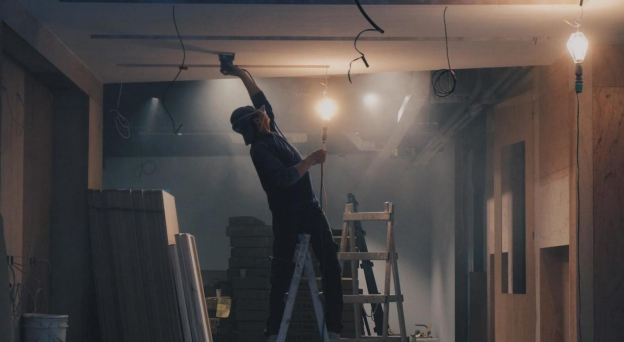The first sustainable person I met was my mother. I always start talks or conferences related to sustainability like this, especially when it is linked to fashion. She was also the one who consumed my texts with the greatest anxiety. And I hope that from wherever you are you read this. Because it is gratitude.
My mother, I say, was sustainable in spite of her. But she subjected her children's garments to what we now call a circular economy. And she didn't know it. A precursor.
She was like many mothers back then, those of the 60s and 70s. Of course, without substances of any kind: at home the closest thing to a hallucinogen was kefir – that fungus that seemed like filth then and is so cool now. , which multiplied like the loaves and fishes, and apparently healed.
Charo Izquierdo, journalist and independent director
Like many mothers of that time, she recycled the older one for the little one, the older one for the medium one, the medium one for the little one... all based on growing or decreasing hems, changing necklines or closing seams.
Like many mothers of that time, she had a treasure that was almost a shield: her embroidery machine. She also used it for sewing, which was neither her passion nor her strong suit. But there she was, with five children and a journalist husband, to make the impossible possible, sustainable avant la lettre.
Like many mothers of that time, she would prepare a magnificent stew on some Wednesdays or Fridays – on Thursdays she didn't eat meat – and the leftover shank would turn it into old clothes. The chicken, if it was left, in croquettes. I still lick my lips just remembering that flavor and consistency that the crumbled boiled egg contributed to.
Years later, she was my recycling beacon. Newspapers had not been thrown away for a long time; We took the children to sell and kept the pesetillas they gave us in exchange. I never knew for sure what they would use those pages that, because they were old, weren't even good for wrapping fish.
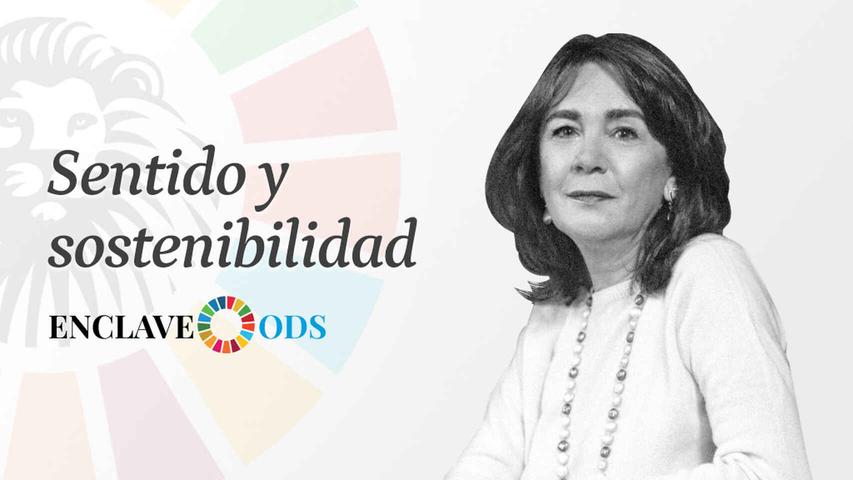
It had been a long time since we exchanged the hulls –as they were called– of the bottles of water or soft drinks for other full ones. And very soon she taught us that we had to separate waste. In fact, she was one of the first people I met who did it, never caring if that garbage differentiated by plastic, glass, paper and organic was really treated well.
That's why, surely, I carry it so inside.
I would love to have this conversation with her. I would like to be able to tell her about the new direction that those strips of cloth that she kept in boxes that for us were magical could now take. Those remnants that what a treasure almost shone, although they were only valid for some costume and not very professional.
Or those rags that once covered like sheets or shone on well-placed tables. Or the mismatched socks that for some reason were also found in Alibaba's cave.
I would admire that all that could now be thrown into a special container, for its recycling and of course with the prohibition of taking it to landfills or burning it. I wouldn't convince her to buy second-hand clothes, because I know her well. But she did applaud other changes in this new cultural renaissance.
I am sure that he would be happy about the new Waste Law, which establishes the impossibility of destroying surpluses, whose project was approved shortly before the end of 2021. Although I am also happy that with his critical vein he would question the ability to put it into practice immediately.
But I would applaud that before December 31, 2024, the separation of the textile for its collection must be regulated, as established by European regulations. And that the new law prohibits the destruction of unsold textile products – not just clothes; nor surplus toys or electrical appliances–. In order to stimulate the circular economy, these should first go to reuse channels, such as donation, and if not possible, to preparation for that reuse.
The coming years will be circular or they won't be and not only we consumers know this, we have a lot of power, to buy or not to buy and to do it according to and how. Brands know this, of course, as they are increasingly able to apply technology to better adjust the supply they give to demand, ensuring a smaller number of unsold garments.
Also independent designers, who have it easier because on-demand sales are in fashion, going back in some way to those years when you went to the dressmaker or the seamstress came to the house. And of course the big conglomerates understand this, and have even offered to sell their own scraps of unused materials, as is the case of the large French luxury group LVMH, which has created a website where other brands can purchase them. This seems to me like never seen before.
And many start-ups that are developing circularity through the sale of second-hand clothing know it. Some are truly innovative, such as Run to Wear –which I was lucky enough to meet recently–, which works more than with sales by exchanging clothes between users. And more than with the price, with the value, a distinction that I claim more and more.
“Every fool confuses value and price”, coined Antonio Machado. Because the garments that are uploaded to the network for exchange are evaluated around tokens and not euros. So the exchange occurs between those who have obtained the same number of tokens.
Circulate please. Don't look at them, join.

